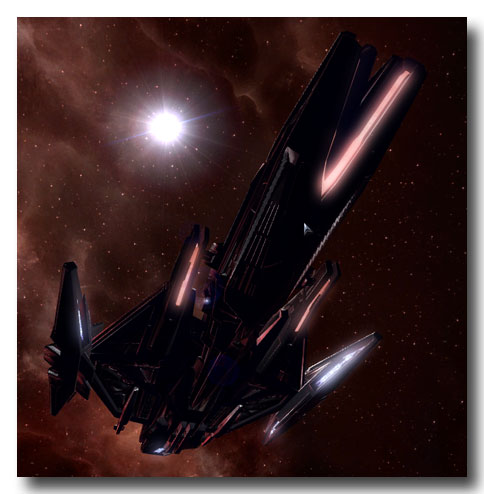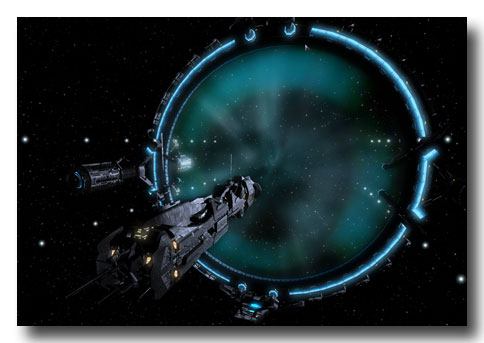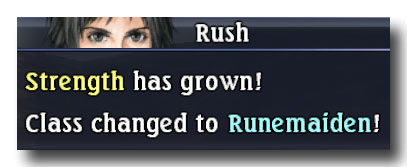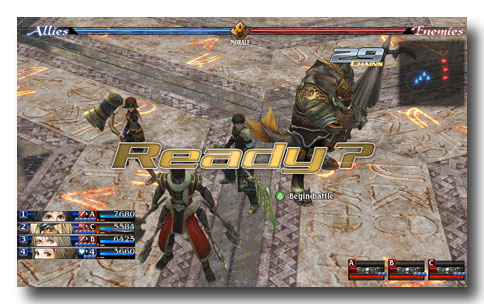
The X3: Reunion veteran might be forgiven for thinking Egosoft’s 2008 space trading/combat simulator, X3: Terran Conflict, is an expansion pack rather than a fresh new entry in the series. There will be a strong sense of déjà vu.
The sectors are the same, of course. The Argon Prime-Home of Light-Ore Belt-Cloudbase South East run remains the best way to buy and equip a merchant fleet or fighter wing. The ship designs are mostly similar and their utility is identical. The Mercury is as important an acquisition as ever, the Nova is as potent a dogfighter as always. Even the station prices are similar. Meatsteak Cahoonas are still 72 credits at Free Argon Stations everywhere.
The more of the same theme holds true of the mission designs, unfortunately. X3: Reunion’s missions weren’t especially well designed and X3: Terran Conflict’s missions, while slightly improved, are still a frustrating experience. Instead of confining players to a specific ship as in X3: Reunion, Egosoft now gives players complete freedom during missions. But this approach, too, could have been done better.
X3: Terran Conflict’s mission briefings provide only minimal information about objectives and, as a result, it’s all too easy to learn your current ship lacks sufficient firepower, your shields too weak or your speed too slow only when it is far too late. A hint during the briefing as to what may be required would have obviated any need to replay missions but then the designers of this game seem firmly convinced games should require investments of time rather than thought or skill.
The pace really is the main deterrent here. There are games with poor pacing, there are games with a plodding pace and there are even games with glacial pacing. Way beyond that, there are the X3 games. These games are huge timesinks on par with the worst of old MMO designs.
You will spend dozens of hours schlepping goods from sector to sector, reduced to staring at the screen while the autopilot moves your ship to a distant destination. The most damning indictment of X3: Terran Conflict’s pacing is the presence of a “Run game in background” mode.
Some of the design choices are truly baffling. For no discernible or defensible reason whatsoever, saving a game during flight requires an exhaustible item purchasable only at a few select locations. The game does include a timecompression feature but it is only available in a ship equipped with another specific device and then only during flight. In short, Egosoft has done whatever it could to needlessly extract as much time from the player as possible.
Despite X3: Terran Conflict’s flaws (and it has many more), it is still capable of producing moments of wonder and it is for this reason series veterans keep returning to it. It will take only one epic battle with titanic capital ships exchanging broadsides while fighters flit around dogfighting to forgive — but not forget entirely — the hours of mind-numbing drudgery.





